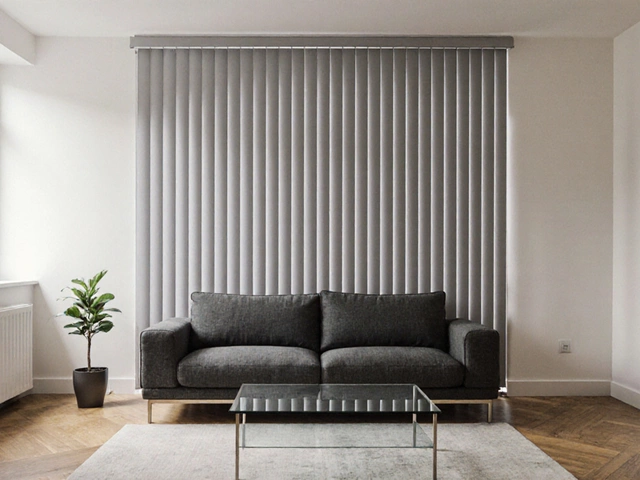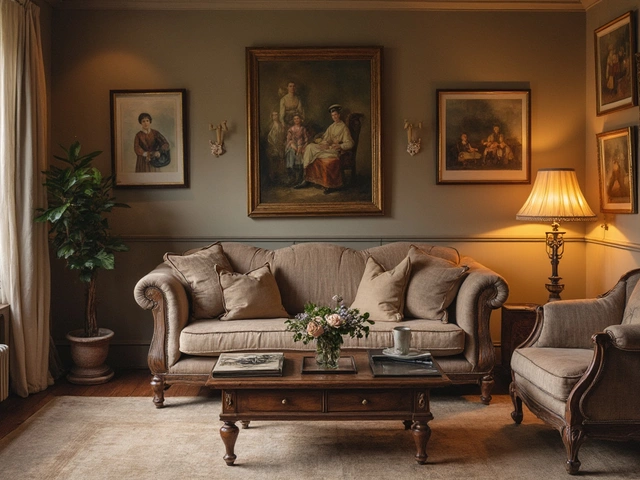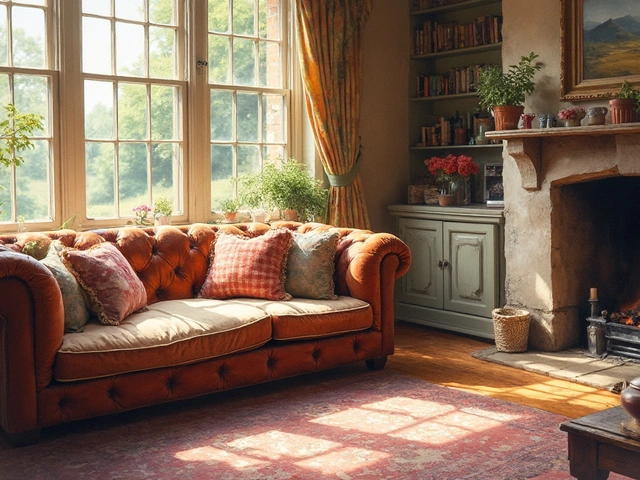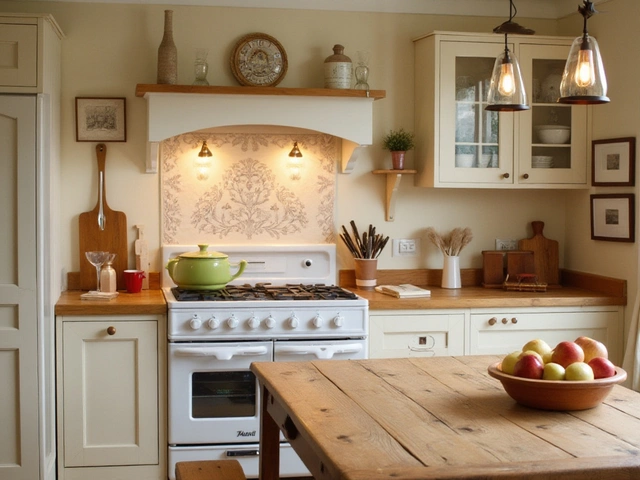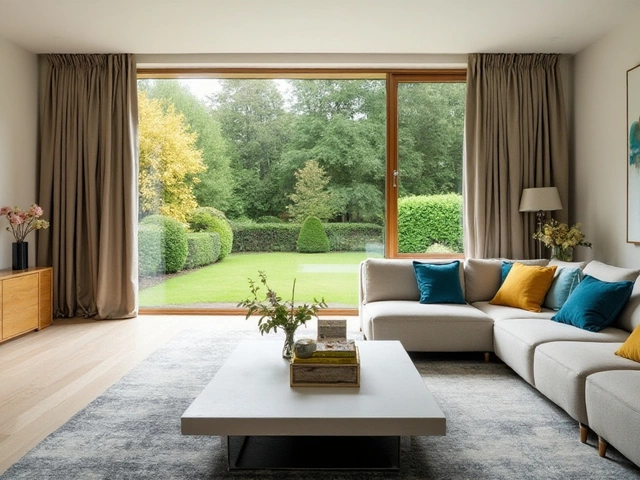Main Drape Guide: Choose, Hang & Style Your Curtains
When you walk into a room, the first thing you notice is often the windows. A well‑chosen main drape can make the space feel taller, cozier, or even more modern. But with so many fabrics, lengths, and styles out there, where do you start? Below are the basics you need to feel confident about picking, hanging, and styling your main drape.
Choosing the Right Main Drape
First, think about the room’s purpose. A bedroom that needs a calm vibe benefits from soft, matte fabrics like linen or cotton. A living room that wants drama can handle richer textures such as velvet or silk. Next, consider the colour palette. Light drapes keep a room airy, while darker shades add depth and can hide unwanted views.
Fabric weight matters too. Heavy drapes block light well and give a luxury feel, but they need sturdy hardware. Light drapes let more sunlight in, perfect for a sunny kitchen or office. If you’re not sure, grab a sample and hold it up at the window – the natural light will reveal how the colour changes throughout the day.
Finally, think about length. Floor‑length drapes create elegance, while puddling adds a classic, formal touch. If you have low ceilings, a “kiss the floor” length (just touching) avoids a cramped look. Measure from where you’ll mount the rod to the floor, then add a few extra inches for the desired fall.
Hang It Right: Height & Placement Tips
The height of your drape rod can dramatically change a room’s proportion. A common mistake is hanging the rod too low, which shortens the walls. The sweet spot is usually about 4‑6 inches above the window frame, or better yet, 2‑3 inches above the trim for a seamless look. For rooms with high ceilings, mount the rod closer to the ceiling and let the drape fall to the floor – this tricks the eye into seeing taller walls.
Width is just as important. To get that full, gathered look, the drape should be 1.5 to 2 times the window width. If your window is 100 cm wide, aim for a total drape width of 150‑200 cm. This extra fabric creates soft folds that add texture without looking sloppy.
Use quality brackets that can hold the weight of your fabric. Over‑engineered hardware prevents sagging, especially with heavy drapes. If you’re mixing styles – say, shutters on the side and a drape in the centre – make sure the rod aligns with the overall design so everything feels cohesive.
Don’t forget the practical side. If you need privacy but still want light, choose a lined drape or add a sheer panel behind the main drape. This combo lets you pull the main drape aside for a bright room while keeping privacy when closed.
Once you’ve hung the drapes, step back and look at the overall balance. The drape should frame the window without overpowering the rest of the décor. Add a simple tie‑back or decorative holdback if you want a relaxed, lived‑in feel during the day.
With these basics, you can turn any window into a design statement. Pick the right fabric, hang at the proper height, and style it to match your room’s vibe – and you’ll see the difference instantly.


